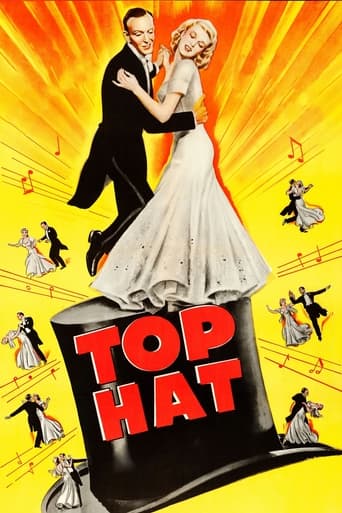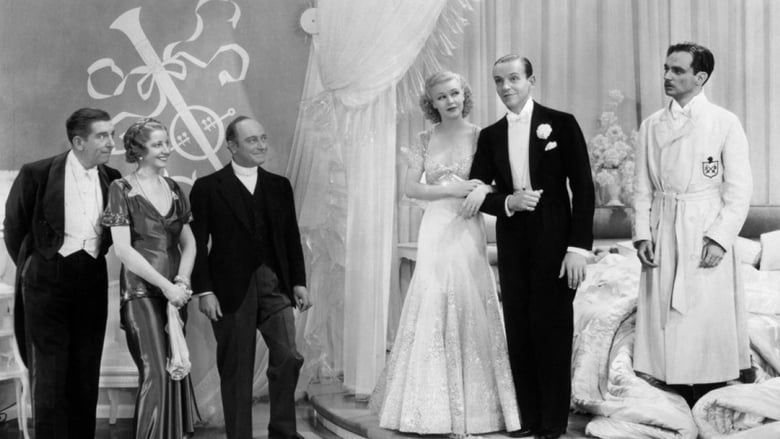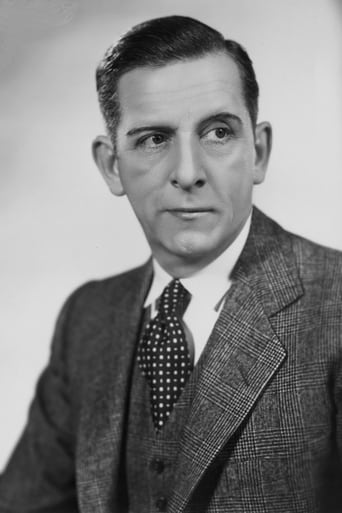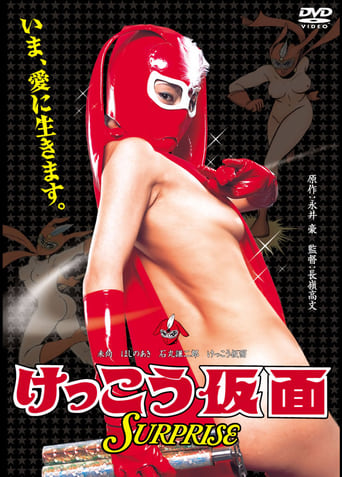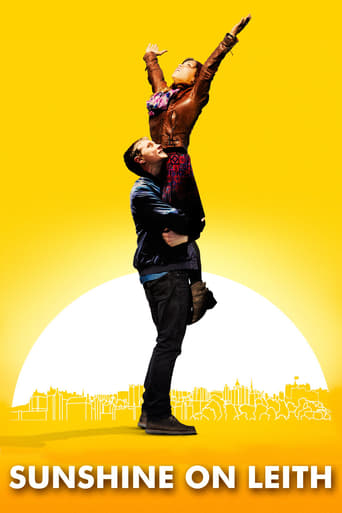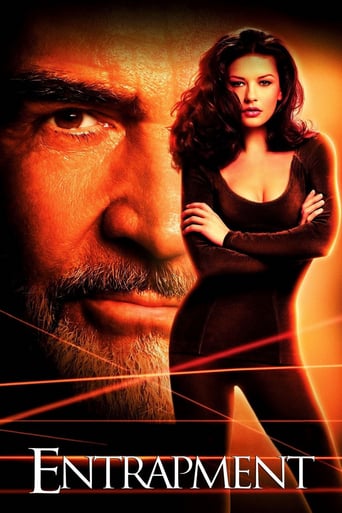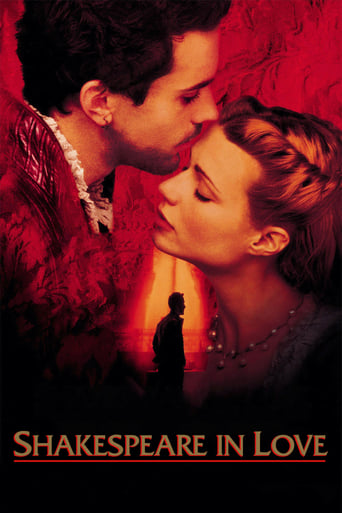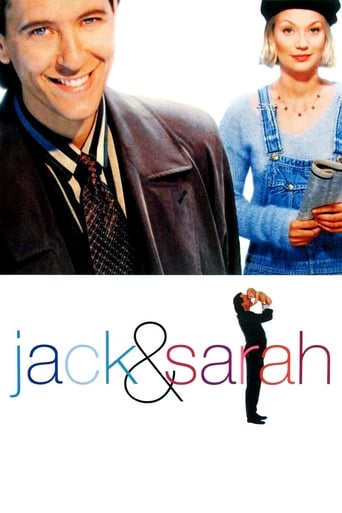Top Hat (1935)
Showman Jerry Travers is working for producer Horace Hardwick in London. Jerry demonstrates his new dance steps late one night in Horace's hotel room, much to the annoyance of sleeping Dale Tremont below. She goes upstairs to complain and the two are immediately attracted to each other. Complications arise when Dale mistakes Jerry for Horace.
Watch Trailer
Cast
Similar titles
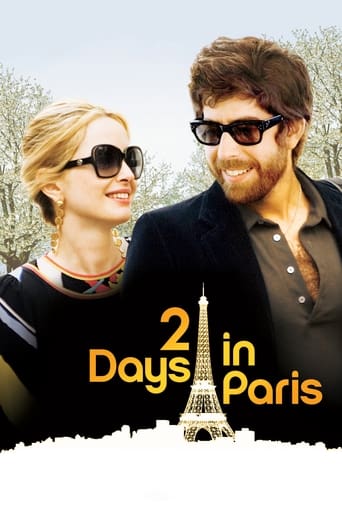
Reviews
Very very predictable, including the post credit scene !!!
I like the storyline of this show,it attract me so much
Pretty Good
One of the most extraordinary films you will see this year. Take that as you want.
Watched it for the first time on 15/05/18. The film is b/w, and it's wonderful, its grandeur awesome, overall I think its an intelligent musical entertainment and not dated.
Fred and Ginger dance – that pretty much sums it up. The plot, the standard 'mistaken identity' shtick, allows the stars to meet cute and the supporting team to provide comic relief but is really just an excuse to string together a number of great musical numbers, including the iconic "Dancing cheek to cheek" (feathers and all). Edward Everett Horton is great as Astaire's buddy and mistaken alter-ego (I can't hear his voice without thinking about "Fractured Fairy Tales"), as is Helen Broderick, who plays his flippant wife. This is a film full of tuxedos and gowns, spontaneous yet fully orchestrated singing, extravagant sets, improbable situations, silly but endearing double takes, and Astaire's classic mix of graceful, athletic dancing. "Top Hat" is all romantic fantasy with not a hint of intruding reality and as such, it's perfect way to pass a couple of hours.
There's nothing like Depression-era escapism, especially the Astaire-Rogers brand of it. Devoid of unpleasantness and cynicism, these films are light as air and fun, untouched by silly things like plot. Top Hat (1935) is the most famous of the Astaire and Rogers collaborations. I'm not sure if it's the best, but it's certainly my favorite.Like I said before, the plot is of no consequence. It's the stuff of farce and isn't too memorable. What you're here for is witty dialogue, memorable music, and great dancing. Oh, and those gorgeous Art Deco sets and costumes.There are a lot of movies I wish I lived in and this is one of them. What I wouldn't give to live in such a glamorous world in shimmering black and white...
Once upon a time in the 1930's, a legendary pairing of two stars took place in the midst of the Great Depression. Keep in mind that this era was a trying time for America due to the fact that many people were either broke or starving to death. What made this pairing so special is that they helped many people forget for a brief period of time that they were living in such an era. That pairing is none other than that of Fred Astaire and Ginger Rogers. Though Astaire would later star in other memorable musicals such as "The Band Wagon" (1953) and narrate the Christmas special "Santa Claus Is Comin' To Town" (1970), this team was probably best known by many for their collaboration on musical-comedies such as "Swing Time" (1936) and "Top Hat" (1935), the latter being the subject of this very review. "Top Hat" follows American dancer Jerry Travers (Fred Astaire) who travels to London to do a show for producer Horace Hardwick (Edward Everett Horton). One night when practicing his dance routine in Hardwick's hotel room, a lady named Dale Tremont (Ginger Rogers) from the room below comes up to complain about the noise he's making. Immediately falling in love with Dale on their first meeting, Jerry is determined to pursue her all over town to win her affections. But things get complicated when Dale mistakes Jerry for Hardwick, who is married to Dale's friend Madge (Helen Broderick), and Dale gets engaged to Italian fashion designer Alberto Beddini (Erik Rhodes). So Jerry gets Hardwick and his butler Bates (Eric Blore) to help him with winning back Dale. Basically, the plot centers on a new couple that must try to clear up a big misunderstanding that has come between them. To be brutally honest, the plots have never been the primary strength of the musicals Astaire and Rogers made during that time. In fact, I can see why this story in particular might annoy moviegoers today as it's the type of plot found in rom-coms that most people hate. Because of the fact that the story centers on a misunderstanding, the couple apparently have to be convinced that they hate each other throughout most of the film (Though to be fair, I don't think Astaire hated Rogers at all). And as a result, we have trouble being convinced that they'd be a happy couple. Given that the ability to be convinced that a couple is in love is a crucial ingredient to make a romantic story work, the negative comments regarding the plot to "Top Hat" are justified in that sense. The story is awkward to say the least. But in terms of its execution, it could have been a lot worse. The aspects that truly sell the musicals starring Astaire and Rogers, especially this one, are the musical numbers and the dancing. Film critic Roger Ebert really opened my eyes in his Great Movies review of "Swing Time" regarding what made Astaire and Rogers stand out. Ebert stated that "Astaire believed every dance number should be filmed, as nearly as possible, in one unbroken take, always showing the full figures of the dancers from head to toes. There are no cutaways to an admiring audience--Astaire thought that was a distraction. No cuts, or very few, to different points of view. And no closeups of the dancer's faces, for that would deny us the movement of their bodies. When you see anyone--an athlete, a musician, a dancer, a craftsman--doing something difficult and making it look easy and a joy, you feel enhanced. It is a victory for the human side, over the enemies of clumsiness, timidity and exhaustion." To briefly summarize Ebert's brilliantly chosen words, Astaire and Rogers stood out from other talented dancers in Hollywood because they realized that little to no editing resulted in more convincing dancing. By using this minimal editing approach, we can truly appreciate the stamina and talent that Astaire and Rogers had as dancers and thus make the illusion seem more real to us. Remember the "Isn't It A Lovely Day" number early on in the film? The minimal editing used in that number captures the illusion that Rogers truly is progressing from a slow to fast dance alongside Astaire. As a result, the transformation of Rogers' character's opinion of Astaire's character during that song feels more complete. The dance sequences in the "Cheek to Cheek" and "Piccolino" musical numbers also obtain the illusion that they've been dancing for a certain period of time without interruptions. It's a smart strategy that Astaire and Rogers use for their dance sequences, so I give them full credit for that. Pet peeves with the narrative aside, Astaire and Rogers still have some likability to them. The exchange between them at the start of the picture (when Rogers complains about Astaire's noisy dancing) shows this teaming at their best and summarizes the chemistry between them in a nutshell. Rogers has some smart yet playful verbal jabs and Astaire always seems to maintain positivity even when the going gets tough (usually when certain people want him to go away). The songs by Irving Berlin stand the test of time, namely "Isn't It A Lovely Day", "Top Hat", "Cheek to Cheek" and "Piccolino". The dancing between our two leads is amazing because of how they maintain pleasure even under pressing circumstances (wardrobe troubles, hours and hours of rehearsal, etc.). "Top Hat" is the type of picture you don't see being made today. I wouldn't say that it's going to be for everybody in today's world. But considering the time it was made, it's nothing short of a miracle.
